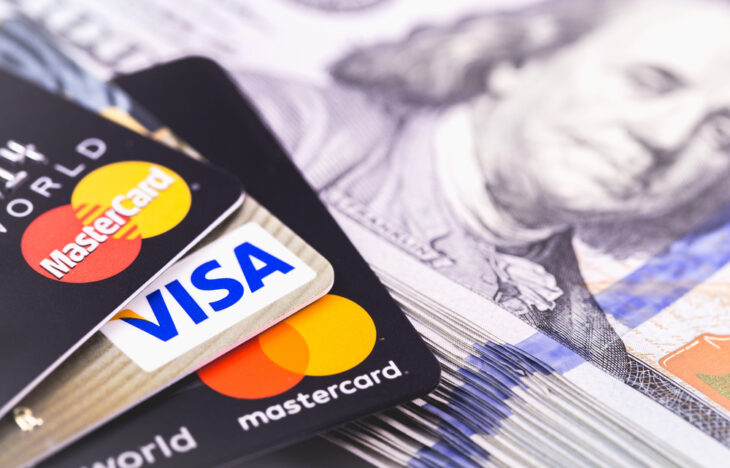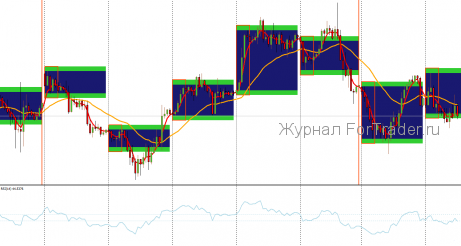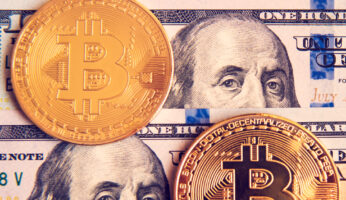In today’s world, money moves across the globe within seconds. We pay for online purchases abroad, transfer funds to partners in other countries, or withdraw cash while on vacation halfway around the world. All of this is made possible by international payment systems — a complex yet invisible infrastructure that ensures continuous financial exchange between countries.
These systems form the backbone of the global economy: they enable banks, businesses, and individuals to conduct fast, secure, and standardized transactions anywhere in the world. Their reliability and speed are the result of years of technological development, international agreements, and regulatory frameworks.
This article explores how international payment systems operate, the different types that exist, their distinctions, and their significance for businesses, consumers, and governments in the digital finance era.

Contents
- How International Payment Systems Work
- Example of How Transfers Occur
- Visa
- MasterCard
- American Express
- Discover
- Why Currency Conversion Matters
- Differences Between Visa and MasterCard
How International Payment Systems Work
International payment systems are technological and legal infrastructures that enable transfers and settlements between countries, banks, companies, and individuals. Their purpose is to ensure money moves across borders quickly, securely, and according to unified rules.
The process begins when a participant — an individual, company, or bank — initiates a transfer. The system must:
- Identify the sender and recipient,
- Perform accurate currency conversion if necessary,
- Transmit the payment message between banks,
- Execute the settlement and debit the sender’s account,
- Credit the recipient’s account in another country or bank.
To achieve this, the system uses international standards and communication protocols such as SWIFT, and may involve clearing and settlement centers where funds are actually moved between bank accounts.
Example of How Transfers Occur
- A client in Russia wants to send $1000 to a partner in Germany.
- They submit a transfer request at their bank.
- The bank creates a SWIFT MT103 message containing encrypted details, amount, and purpose of the transfer.
- The message is sent through the SWIFT network to the recipient’s bank.
- The funds pass through one or more correspondent banks and, after clearing, reach the recipient’s account in Germany.
Card-based international payment systems operate somewhat differently: they create a network connecting merchants, banks, and payment operators. When paying by card abroad, payment data instantly passes through the network, is authorized, and funds are reserved or debited.
Visa, MasterCard, and their competitors provide:
- Transaction processing,
- Settlement between banks,
- Fraud protection,
- Compliance with local regulations and currency requirements.
Let’s take a closer look at the main payment systems and their features.
Visa
Visa is the most well-known and largest payment system. Its cards are accepted in nearly 200 countries worldwide.
Visa offers a wide range of payment cards tailored to different customer needs and lifestyles, including credit, debit, and prepaid cards. These cards facilitate easy purchases both in physical stores and online, support global travel, and enable payment for various services.
Visa cards also vary by prestige level: Electron, Gold, Classic, Platinum, etc. The higher the card tier, the more benefits are available to the cardholder.
MasterCard
MasterCard ranks second after Visa. It accounts for about 26% of the world’s payment cards, compared to Visa’s roughly 57%. MasterCard cards are accepted in over 200 countries at more than 29 million locations. They include credit, debit, and co-branded cards that offer additional bonuses, services, and discounts.
MasterCard cards also come in various tiers: Cirrus/Maestro, Electronic, Platinum, Standard, Gold, World, and others.
American Express
American Express holds about 13% of the global payment card market, with most cards issued in the United States. Its cardholders typically have higher incomes.
American Express provides premium services such as various insurance options, medical and legal assistance, and numerous rewards.
Discover
Discover is a non-bank payment system that offers consumer credit, payment services, discounts, and benefits. It is mainly popular in the United States, with card usage also in Mexico and Canada. Key features include relatively low interest rates and a personalized approach to customers.
Why Currency Conversion Matters
It is a fact that in the CIS and Europe, financial institutions primarily issue Visa and MasterCard cards. Experts say that when used domestically, there is little difference between these systems since they offer similar products and terms. However, when traveling abroad, it is important to remember that conversion fees depend on the currency in which the bank settles with the payment system.
Of course, you can open cards in foreign currencies, but this is mainly justified if you plan to handle large sums and want to protect yourself from sharp exchange rate fluctuations. For a typical tourist trip, an account in your national currency is usually sufficient.
Currency conversion occurs when you make a payment in a currency different from your card’s account currency. When paying abroad, part of the conversion is done at the payment system’s rate, and part at the bank’s rate where the card is issued. Some banks also charge additional conversion fees, which can reach up to 5% — it’s best to check these details in advance.
Differences Between Visa and MasterCard
It is often said that Visa operates primarily through the US dollar, while MasterCard uses the euro. This means that paying with a Visa card in Europe or a MasterCard in the US might result in unfavorable double or even triple currency conversions. However, this is not always the case. Some banks settle with MasterCard in dollars instead of euros, and vice versa.
The key factor is the agreement between the payment system and the issuing bank. Therefore, when getting a card, it’s important to ask the bank in which currency they settle with the payment system.
In general, for trips to the US, Australia, Canada, or Thailand, Visa cards are preferable. For travel in Europe, Cuba, or Africa, MasterCard might be a better choice. Still, it depends on the specific bank, so no definitive recommendation can be made.













